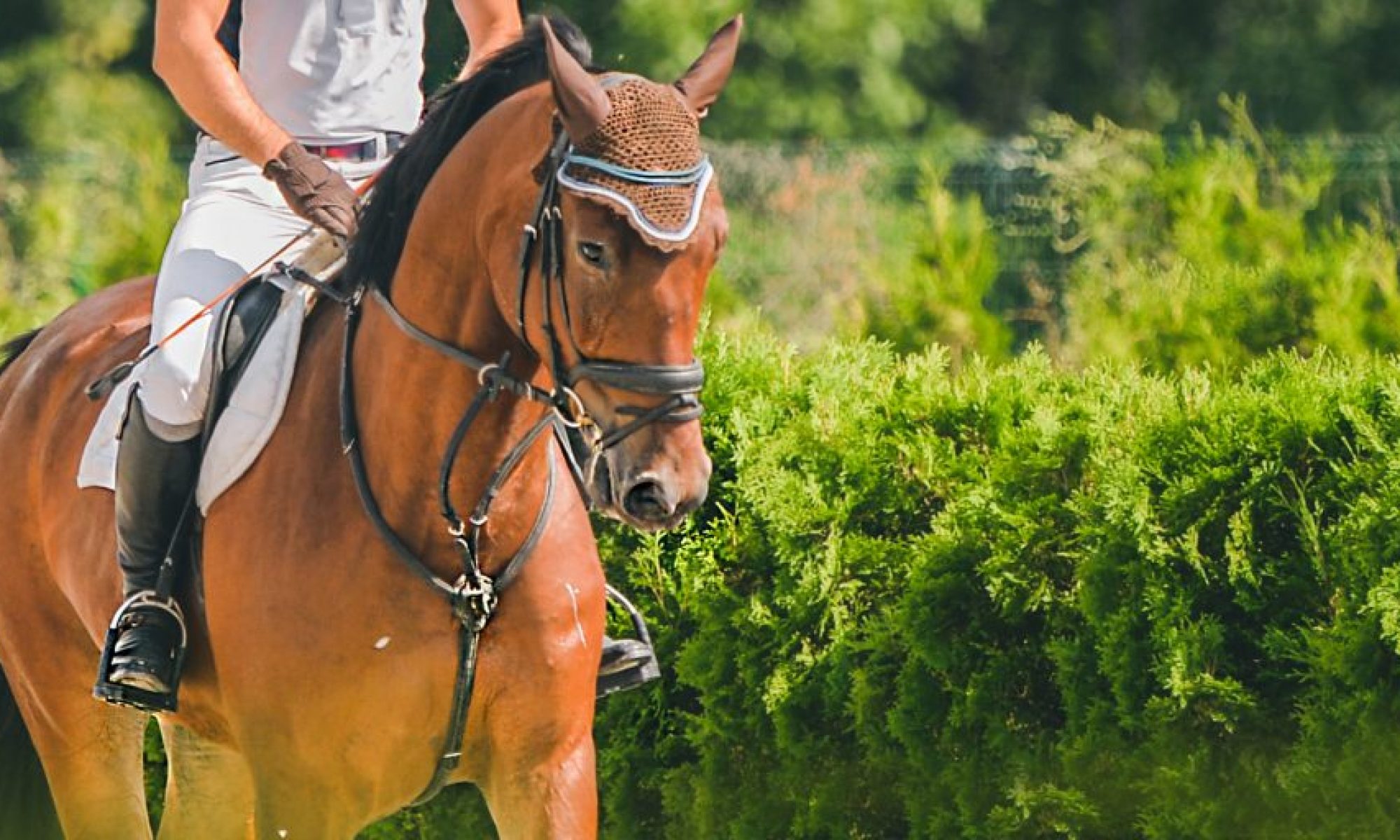The Boca Raton Museum of Art will hold the world premiere of the historic Spanish Baroque art exhibition, “Splendor and Passion: Baroque Spain and Its Empire,” beginning Nov. 7 and going through March 30. The exhibition is organized in partnership with the Hispanic Society Museum & Library in New York City, which features a timeless collection of 57 Baroque masterpieces, evolving around 17th-century Europe.
What Is the Baroque Period and Why Did It Start?
Times were looking a bit gloomy after the High Renaissance period that lasted into the mid-16th century. The Mannerism style, between 1520 and 1600, was a reaction to the Renaissance’s idealized naturalism. People didn’t like it and wanted change. However, times grew turbulent, marked by significant political and religious upheaval after the Protestant Reformation and the Catholic Counter-Reformation. Baroque art originated in Rome and spread throughout Italy and other European countries, including France, Spain, Portugal, Austria, south Germany, and Poland.
Melchor Pérez Holguín, “Saint Peter of Alcántara and Saint Teresa”
Although the prior period was composed of harmonious, idealized, and balanced compositions, the new focus took to emotion in a dramatical sequence of exaggerated motion. It consisted of fine detail easily interpreted as a response to the Mannerist distortions and the idealizations that preceded it.
A lot of political instability existed during the emergence of the Baroque period. Europe was rife with wars, revolutions, and power struggles. With these chaotic conditions, the artists of the time wanted the freedom to express themselves without the High Renaissance perfection constraints. Consequentially, much of Baroque art mirrored the dramatically dark themes. The gloominess of the times acted as an overture to the darkness compounding into the compositions of this new wave.
In Spain, the Baroque period was a time of great artistic achievement that reflected the country’s landscape, politically, socially, and religiously. The Catholic Church and the Spanish Inquisition held significant influence on the arts, intending to inspire devotion from the dismounted upheaval of rebellion. Many religious themes held to the period as the Catholic Church aimed to reassert its dominance.
Another factor moving the Baroque period was the advances into new scientific discoveries of the time, and in astronomy, that challenged existing worldviews. Artists expressed not only awe, but also the existential dread that these new discoveries provoked.
Style, Depiction, and Symbols
The Baroque style’s dramaticism used intense light and shadow to express such strong emotions. Many works were elaborated with ostentatious decorations incorporated into the compositions. Spanish Baroque art, specifically, exercised visual realism with its realistic depictions of subjects often accommodated with somber or melancholic tones.
Bartolomé Esteban Murillo, “The Prodigal Son Among the Swine”
Similar to other preceding and proceeding art periods, symbolism is used to display the adequate tones of work, much like reading a story. Bartolomé Esteban Murillo’s “The Prodigal Son Among the Swine” shifted concepts but stayed within the message. Instead, Murillo captures the biblical tale of the Prodigal Son in a destitute manner and repenting nature, where the swine serve as a reminder of the consequences of his actions that hang over him.
Juan Bautista Martínez del Mazo, “Don Martin de Leyva”
Juan Bautista Martínez del Mazo’s portrait of Don Martin de Leyva, or the Count of Monza, is a flat emptiness with the exception of an elegant decoration oddly hanging in the background. It is a unique, yet ghostly minor detail with symbolic significance when accenting Mazo’s subject’s notable characteristics. The true focal point is the light on Leyva’s face and skin that contrasts with the dark attire of one’s military and noble background.
Earlier Works with High Vibrancy of Skill in Light of Characteristics
Style, depiction, and symbols continued: Anthonis Mor van Dashorst was a Netherlandish portrait painter in the 16th century. His “Portrait of a Man” defined the dignified presence of a man with high social standing through rigorous rendering of detail. The use of dramatic light contrasts to categorize the Baroque style.
Anthonis Mor van Dashorst, “Portrait of a Man”
The traditional Baroque landscape in technical detail creates the high visual realism that is captured in the artist’s skill of likeness and personality of his subject. Rather than the traditionally natural landscapes of preceded movements, Mor van Dashorst decorates the background by highlighting social symbolism, such as the woman in the portrait who was likely his wife. This helps to shape the power of social status by adding position through the use of emphasis, while drawing the eye of the viewer is also aiding in establishing the emotion brought forth to the focal point.
Sebastián Muñoz, “Maria Luisa of Orléans, Queen of Spain, lying in state”
Here’ye, Queen: The Queen of Spain’s funeral around 1689 brings the resilience of contrast for viewers to indulge in the darkness of emotional Baroque. Sebastián Muñoz, a Spanish painter of the time, splits timelessness into a paradox through the use of darkness and light between the symbolism of good and evil. The story of the composition surrounds the queen in her lying state as emotion pours from the good in light of its poignant context. The grandeur and solemnity of the event in an extracted demonstration of the Catholic Church is a timeless masterpiece with the care of detail. The detail is right down to the hierarchy of the queen’s earlier portrait hung high, as a time of honoring and remembrance.
Fray Alonso López de Herrera, “Virgin of the Immaculate Conception”
Although Fray Alonso López de Herrara’s “Virgin of the Immaculate Conception” does not necessarily seem as dark and cohesive to the Baroque style as others, the sense of depth and volume combined with the interplay of light and shadow builds the emotional intensity that reflects the Counter-Reformation’s influence to reinforce Catholic doctrine. The swirling movement around the Virgin intensifies emotion with her as the focal point, evoking deep emotional responses through the flowing use of line of her garment. There is a sense of urgency within the realm of tranquility, contradictorily giving light to religion’s portions of belief.











